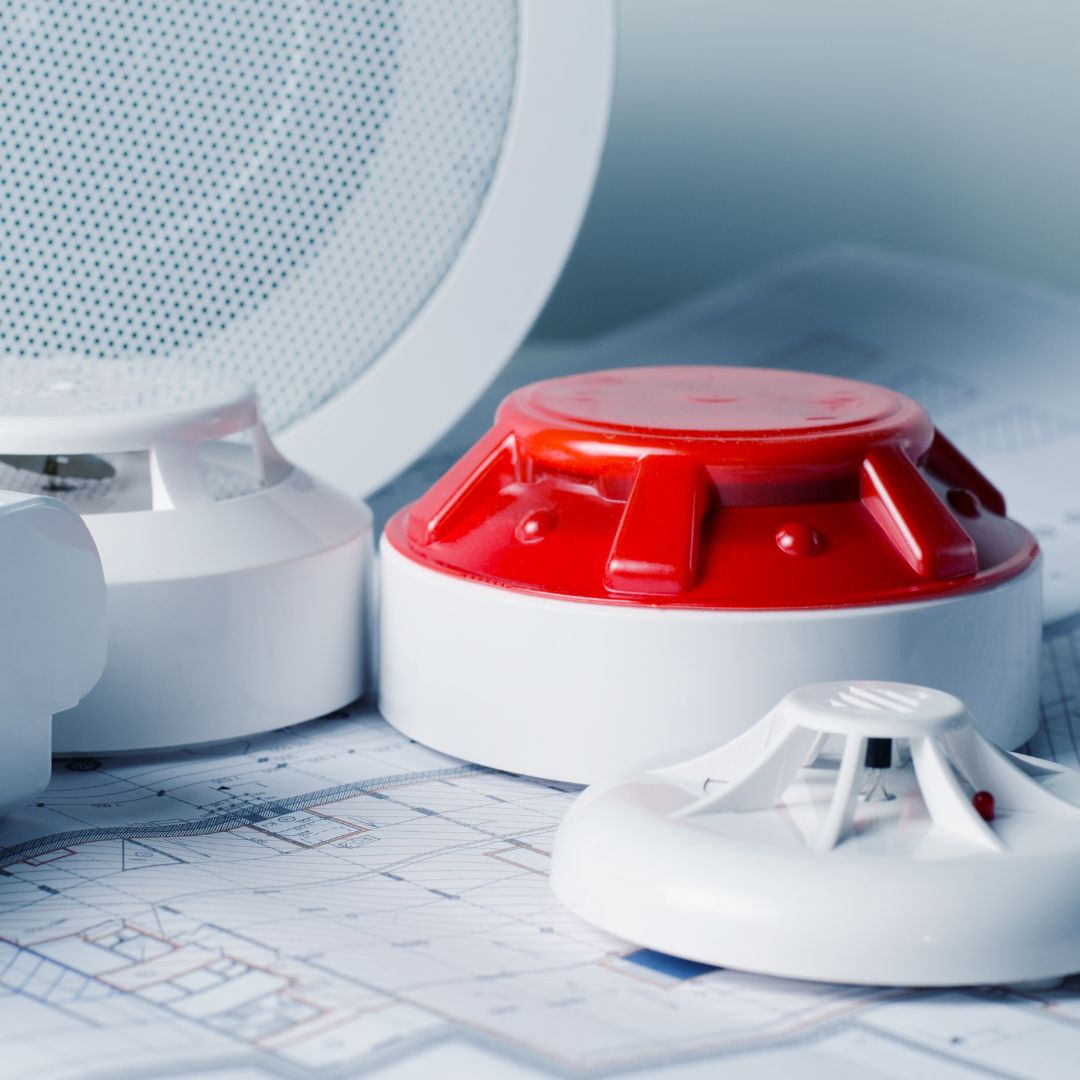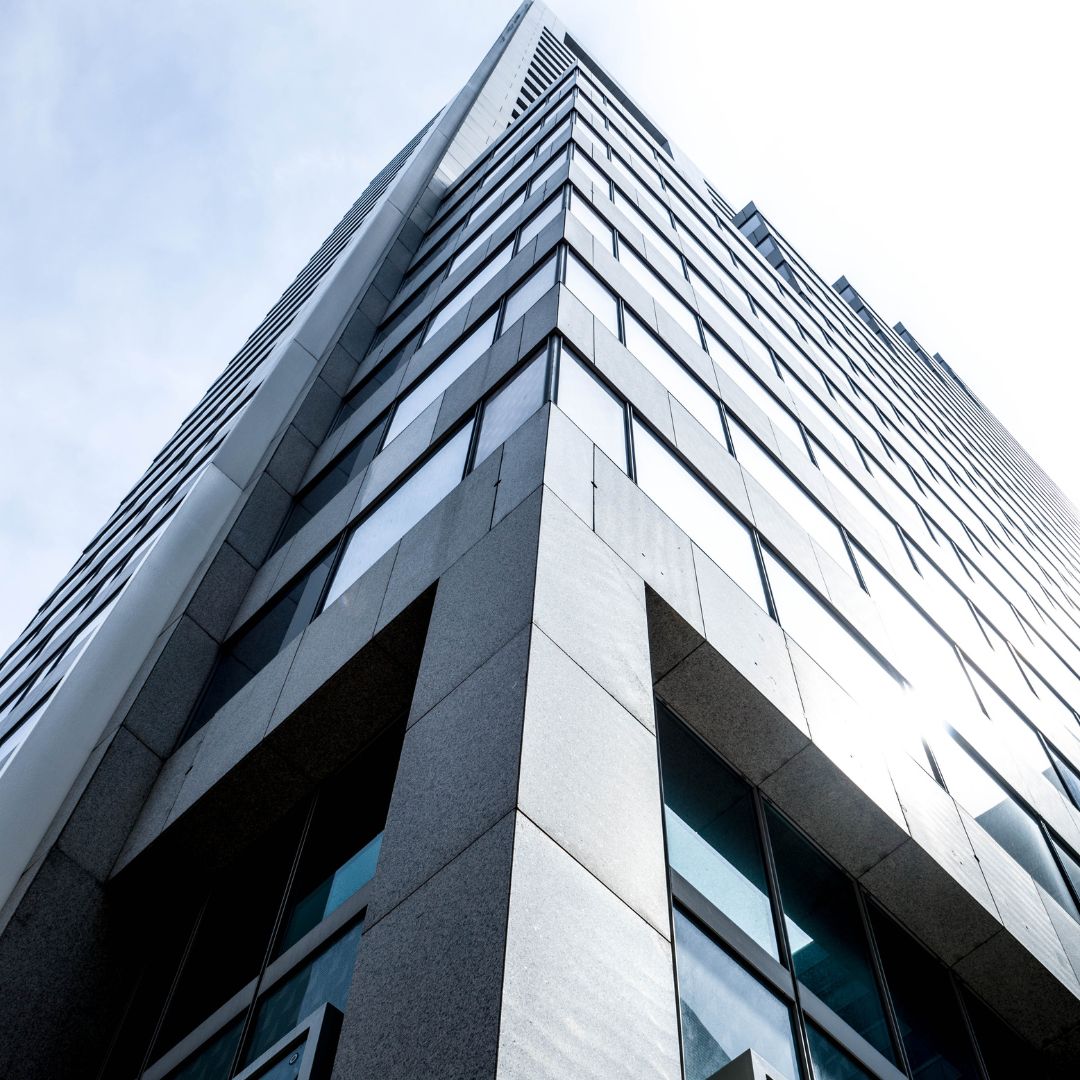Why Smoke Control Systems Are a Must in Today’s Buildings

When it comes to fire safety, most people think of sprinklers, alarms, and escape routes. However, there’s another crucial element that often goes unnoticed: smoke control systems. At MAF Associates, we understand that effective smoke management can be the difference between a manageable incident and a devastating tragedy.
What Are Smoke Control Systems?
Smoke control systems are engineered solutions designed to manage smoke movement during a fire emergency. These systems work by creating pressure differentials, extracting smoke from specific areas, and maintaining clear escape routes for people. Rather than hoping smoke will dissipate naturally, these systems actively control where smoke goes, and more importantly, where it doesn’t go.
Why They’re Essential
The Silent Killer
Smoke inhalation is responsible for the majority of fire-related deaths in the UK. Toxic gases and reduced visibility can overcome people long before flames reach them. This is particularly concerning in large, complex buildings where people may be far from exits.
Protecting Lives and Property
A well-designed smoke control system ensures that stairwells, corridors, and escape routes remain relatively smoke-free, giving people precious extra time to evacuate safely. Beyond saving lives, these systems help limit property damage by containing smoke to specific areas.
Key Benefits
Enhanced Life Safety: The primary benefit is clear, these systems save lives by maintaining safe conditions in escape routes and areas of refuge, especially critical in high-rise buildings and complex structures.
Improved Emergency Response: Fire and rescue services can operate more effectively when smoke is properly controlled. Clear stairwells allow firefighters to reach fire sources more quickly and conduct rescue operations safely.
Regulatory Compliance: Modern building regulations increasingly require sophisticated smoke control systems. Compliance demonstrates genuine commitment to occupant safety and helps avoid costly retrofits.
Business Continuity: For commercial properties, effective smoke control can mean the difference between localised incident and building-wide evacuation, significantly reducing business disruption.
Types of Systems
Natural Smoke Ventilation uses the natural buoyancy of hot smoke and strategically placed vents. Often used in shopping centres, atria, and warehouses where building design accommodates natural airflow.
Mechanical Smoke Extraction uses fans and ductwork to physically remove smoke, offering more precise control in complex buildings where natural ventilation isn’t sufficient.
Pressurisation Systems create positive pressure in escape routes, preventing smoke from entering critical spaces. Particularly important in high-rise buildings.
Combined Systems use both natural and mechanical methods, tailored to specific building challenges.
Design Considerations

Effective smoke control design starts with understanding building use. A shopping centre has different requirements from a residential tower or industrial facility. We consider occupancy levels, mobility of occupants, and materials within the building.
These systems must integrate seamlessly with fire detection, emergency lighting, and building management systems. This coordination ensures all safety systems work together effectively during emergencies.
Current Challenges
The regulatory environment continues evolving, particularly following events like Grenfell Tower. Building Safety Act requirements and updated standards influence system design and implementation. We stay current with regulatory changes to ensure clients’ systems meet requirements and adapt to future changes.
Retrofit situations present unique challenges including space constraints and structural limitations. We specialise in finding creative solutions that work within these constraints whilst maintaining safety standards.
The Future
Technology advances continue in smoke control systems. Smart sensors provide real-time performance feedback, predictive maintenance identifies issues before problems occur, and advanced modelling allows more sophisticated design approaches.
Making the Right Choice
Choosing the right smoke control system requires expertise in fire engineering, building physics, and regulatory requirements. Every building is unique, and every system should be tailored to meet specific challenges.
At MAF Associates, we bring together expertise in fire safety engineering and smoke control design to deliver solutions that protect people and property. Whether you’re working on new development or upgrading existing buildings, we can help navigate the complexities of smoke control system design and implementation.
If you’re considering smoke control systems for your project or need advice on compliance, don’t hesitate to get in touch. Our team of fire safety engineers and consultants are here to help you achieve excellence in fire safety.